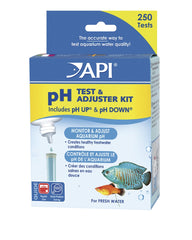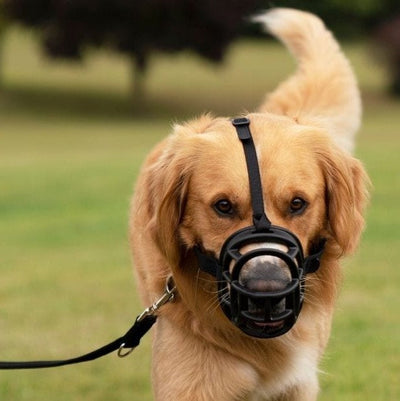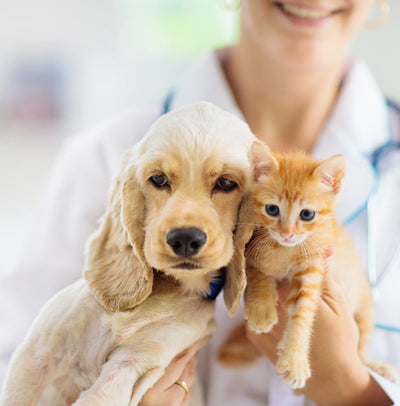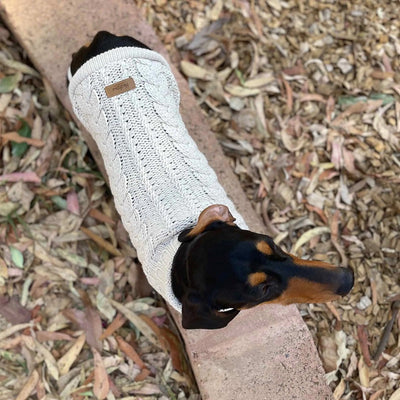Is an Axolotl the Right Pet for You?

Axolotls are native to Mexico, specifically to the region around Mexico City, including the lakes and canals of Xochimilco and Chalco. They are a type of salamander and are also known as the Mexican walking fish. The name "axolotl" comes from the Nahuatl language, which was spoken by the Aztecs, and means "water monster". Today, axolotls are widely kept as pets. Axolotls are becoming popular pets thanks to the Minecraft game! Before choosing an axolotl, it's important to make sure this particular pet is right for you. Find out what kind of tank they need, what type of foods they eat, and how to care for them properly.
How Long Does an Axolotl Live For?
Before deciding to get an axolotl, it's important to understand the length of their lifespan. Axolotls can live up to 10 years if properly cared for, so you should be prepared for a long-term commitment if you choose this pet. Research also suggests that wild-caught axolotls often live shorter lives than those bred in captivity - anywhere from four to eight years.
Research their Space and Environment Needs.
Axolotls can require quite a bit of space, as they need to be housed in aquariums that are at least 65 litres.
Additionally, having the proper type of aquarium substrate is essential for the axolotl's wellbeing; gravel and other small materials may be ingested which can cause digestive difficulties. The water temperature should also be closely monitored; ideally, it should maintain a level between 15-24 degrees. Both regular water changes and testing the pH levels with a kit will help keep the tank clean and healthy.
Consider their Feeding Habits and Diet Requirements.
Axolotls typically feed on a diet of worms, shrimp, and other aquatic creatures. It's important to offer food that is appropriate for their size to prevent them from choking. Giving too much food can lead to poor water quality, so it's important to be mindful of the amount you provide. Domestic pet axolotls have been fed on a special pelleted diet, they do enjoy having other treats to supplement their diet, just as they would have in their natural environment.
What do Axolotls eat?
Like all salamanders and most other amphibians, axolotls are carnivorous. In the wild, they feed on inhabitants of their native lakes.
This natural diet would have included- insects, mollusks, small fish, and small crustaceans.
Feeding them in captivity is easy. Some of the many feeding options for axolotls that we have available include:
- Axolotl pellets
- Frozen axolotl dinner
- Frozen bloodworms
Baby axolotls need to eat every day, while adult axolotls eat every 3-4 days.
You can expect a juvenile axolotl to eat around four or five small worms (bloodworm or blackworm) every day.
Of course, you should try to vary the food as much as possible. Remove any uneaten food the same day to ensure it doesn't pollute the water.
Analyze their Health Care Demands and Potential Medical Expenses.
Axolotls have an average lifespan of 10 years but are susceptible to common illnesses like parasites and fungal infections. Regular water testing should take place to make sure their environment is healthy, as well as routine vet check-ups. Many of these tests and treatments may come with a fee, so researching the necessary care ahead of time can help you prepare for any potential medical expenses.
susceptible to common illnesses like parasites and fungal infections. Regular water testing should take place to make sure their environment is healthy, as well as routine vet check-ups. Many of these tests and treatments may come with a fee, so researching the necessary care ahead of time can help you prepare for any potential medical expenses.
Get Ready for Their Unique Behaviorals Patterns and Temperament Preferences.
Axolotls are shy and sensitive creatures, and don’t respond well to sudden loud noises or being handled too much. It’s important to handle them only when necessary and in a gentle manner, as they can get scared easily. To ensure that your axolotl is happy and healthy, provide it with plenty of hiding places and ample space to swim around without feeling too confined. Axolotls prefer still water with a pH between 6.8 and 7.2, but regular testing should take place to make sure it is always within this range.
© weknowpets 2023









